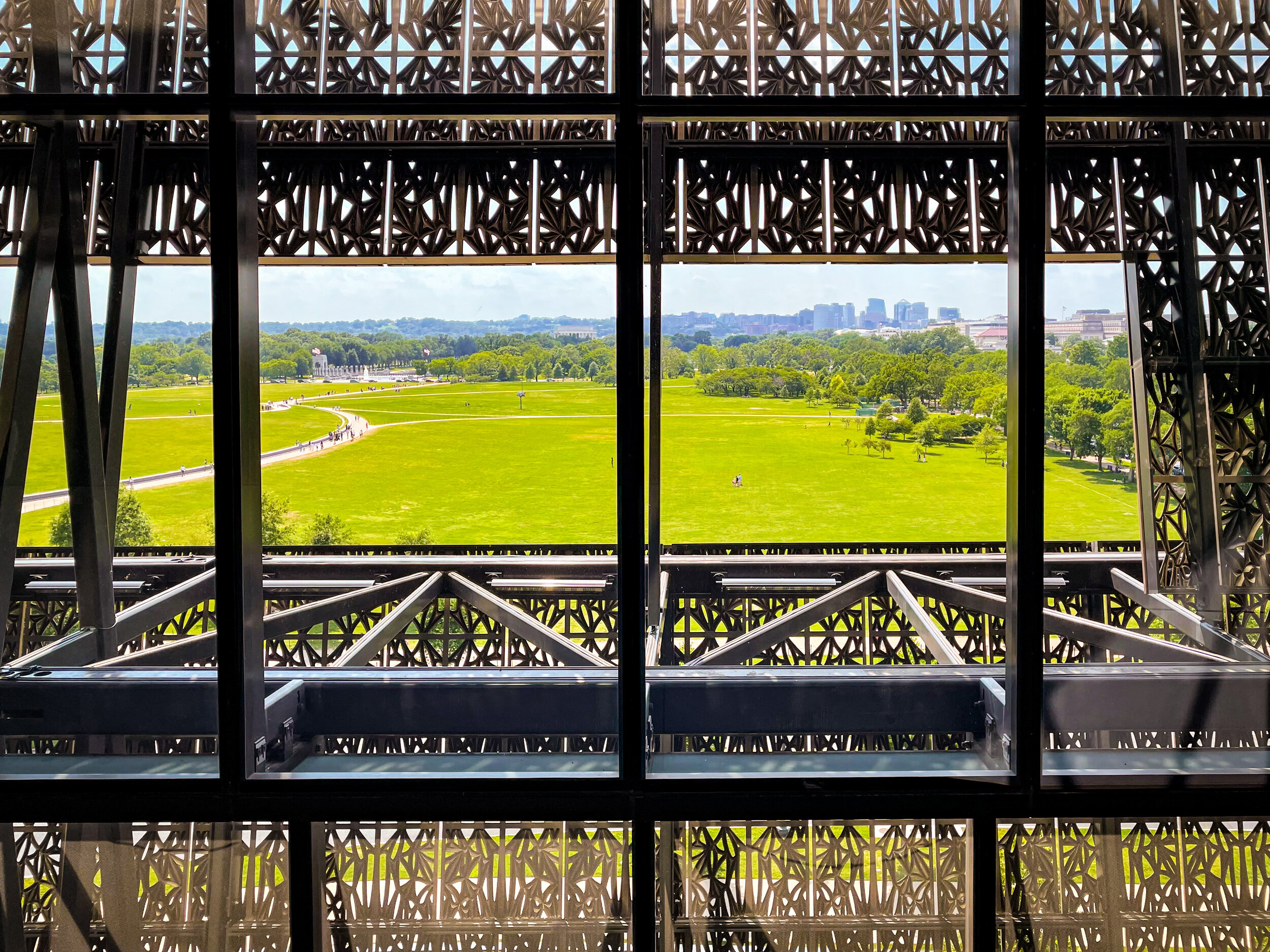Lillian Evanti by Loïs Mailou Jones
In what can only be described as blitz, the White House and President Trump, as of today --April 3, 2025-- has issued 109 executive orders.
We're just 74 days into the term and the administration has issued more executive orders than any other in their first 100 days, already surpassing Franklin Roosevelt, who issued 99. The first Trump administration (2017-2021) itself issued just 33 executive orders in its first 100 days. Biden issued 43, Obama 19, W. Bush 11, and Clinton 13.
First of all, what is an executive order? I found this explanation by the ACLU helpful. (linked)
An executive order is a written directive, signed by the president, that orders the government to take specific actions to ensure “the laws be faithfully executed.” It might mean telling the Department of Education to implement a certain rule, or declaring a new policy priority. Executive orders, however, cannot override federal laws and statutes.
...
With an executive order, the president can’t write a new statute, but an order can tell federal agencies how to implement a statute.
...
With an executive order, President Trump can order the federal government to take any steps that are within the scope of the constitutional authority of the executive branch, and do not violate any federal law.
For perspective, I am not lawyer. I am an historian that relays histories through walking tours and storytelling. I have also been a civics educator, museum educator, and a professional development expert for teachers. Across several disciplines, I have two decades of experience in the education field. But, you don't have to be a lawyer or an educator to understand the practical, on-the-ground consequences of an executive order.
One of the recently issued orders was "Restoring Truth and Sanity to American History," issued on March 27th. The order chastises two museums in particular, the National Museum of African American History and Culture and the American Women's History Museum.
In the order, the Smithsonian is cautioned (by way of conditioning federal expenditures) against creating programs that:
"...degrade shared American values, divide Americans based on race, or promote programs or ideologies inconsistent with Federal law and policy; and
... recognize men as women in any respect in the Museum."
In essence, this order seeks to control narratives of American history & culture developed by Smithsonian museums through exhibitors and other programming. Federal policy has revealed itself in the past few months as essentially opposing mentions or acknowledgment of any struggle against racism, sexism, transphobia, xenophobia, and other institutional challenges faced by marginalized people.
Which leaves me wondering what exactly Smithsonian museums will be allowed to showcase within their walls. Of course, not all museums feature historical exhibitions. Visual arts, music, design, textiles, crafts, math, science, aviation, geography, history, culture, and even the humble postage stamp are covered in some part by Smithsonian museum exhibitions. And yes, the National Zoo is included.
Would these past exhibitions be allowed under what are sure to be newly introduced guidelines?
Righting a Wrong, NMAH. Closed in 2019. A very small (maybe 1,000 square foot) exhibition exploring the effects of Executive Order 9066 on Japanese Americans during World War II. About 120,000 people of Japanese descent were imprisoned against their will and without due process by President Roosevelt's Executive Order. Is presenting this information divisive? What about nomenclature and terminology -- Would the camps be referred to "assembly centers," internment camps, concentration camps, works camps, or prisons? Would this exhibition be allowed at all? This exhibition, like many successful exhibitions, features stories told by real people themselves or through objects from their lives.
We Belong Here, NMAH. This is a current exhibition (unveiled in 2022) in the common area on the first floor. It features stories of athletes that exemplify the changes made possible by Title IX, a landmark law that bolstered equality in sports. Some of the original text of the exhibition read "...athletes continue to face sexism, racism, transphobia, and other forms of bigotry." Would that statement be allowed under the new executive order? Currently, the exhibition features Leo Baker, a trans, non-binary skateboarder. Would their story be scrubbed? Will exhibitions be allowed to acknowledge both the progress made AND lingering disparities, as this exhibition does? This exhibition, like many successful exhibitions, features stories told by real people themselves or through objects from their lives.
Americans, NMAI. This is also a current, but long running exhibition. Americans may be my favorite permanent exhibition of the National Mall museums. Filled with artifacts, this exhibition explores the full extent that American Indian imagery has been embedded in American life -- from the seemingly benign to the extremely problematic and hurtful. And it's deep. Many "traditional" narratives about Americana are challenged, including deeply embedded historical narratives about the Thanksgiving holiday and misinterpreted historical narratives about Pocahontas & other real life figures. Will these illuminations be removed? Will visitors be allowed to receive this information and be prompted to think about reasoning and implications? This exhibition, like many successful exhibitions, features stories told by real people themselves or through objects from their lives.
To be clear, none of these specific exhibitions have been slated for removal, adaptation, or any other changes as of today. But my fear is that either 1) vague, prohibitive, and punitive guardrails are placed on museum leadership and staff, or 2) line-item, word-for-word changes are made in specific exhibitions by non-museum government overseers, or 3) both. Either would lead to a diminished and tarnished role for these museums as centers of learning. This would be a disservice to U.S. Americans and non-American visitors alike.
Where would that leave the museum landscape? Storytelling comes in many forms. When helping the average visitor to Washington, DC start to understand the deep and complex woven fabric of U.S. history and culture, the Smithsonian is the first place most people start. The artifacts within the museums are not static pieces of history. The text, photos, websites, and programming that accompany the objects bring the objects to life.
It's not perfect, and any one museum wouldn’t be able to paint every picture from every possible perspective. However, across 19 museums (and hopefully more) this institution, along with other non-Smithsonian museums, are the most accessible way to see the vast narratives that make us, us. Disrupting this pathway to leaning for narrow political and punitive reasons would harm the work museums have been doing to be more representative and could destroy public trust that those efforts will continue.
In Part II, I'll dive into what this executive order could mean for me as a researcher, guide, and educator. I use narratives to pass along information to visitors who are with me for just a short amount of time, but want to learn a lot of DC and American history. Will that change? And how will our relationships with museums change if many are forced into editing history for unjust reasons?
Links:
Official White House page "Restoring Truth..." EO
Akin (law firm) summary of "Restoring Truth..." EO
Federal Register (Archives) list or 2025 EOs
UCSB American Presidency Project EO Tracker



















